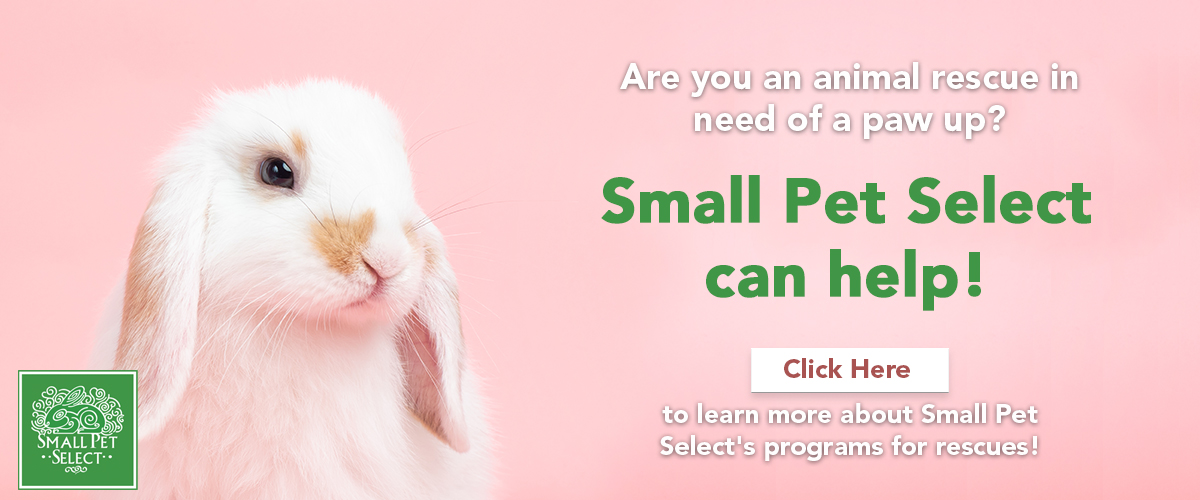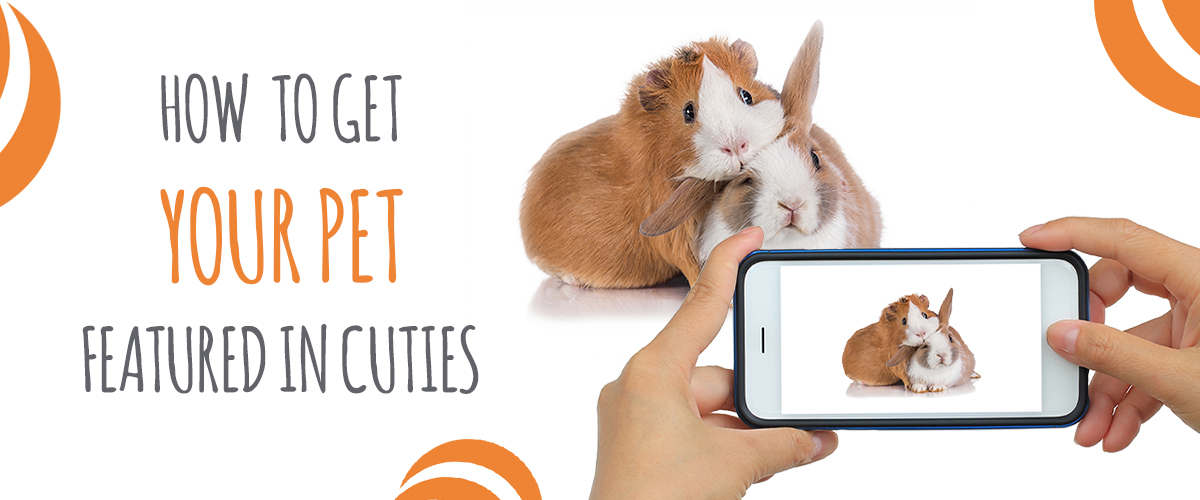Hamsters, a member of the rodent family, make perfect pets for many. However, rodents communicate with their hoomans in different ways than some of the other popular pet species. We'll break down hamster communication with humans today, which will help you ensure your hammy is living its best life.
Two Forms of Hamster Communication
If you’re familiar with hamsters, you know they communicate in two ways: body language and sound. Depending on your hearing, some of their sounds may be unrecognizable by the human ear. Not to worry, you’ll be fluent in hamster in no time.
Body Language
Despite their tiny size, hamsters communicate well with their body language. Below you’ll find a chart with certain behaviors and what they mean.
Pawsitive | Meaning | Negative | Meaning |
|---|---|---|---|
Burrowing or searching for food | Happy | Ears pointed forward | Insecure |
Erect ears/brighteyes | Curious | Standing on back feet with puffed cheeks | Aggressive pose/trying to look big |
Grooming | Content | Erect tail | Aggressive pose |
Stretching | Content/relaxed | Startled | Scared/unnerved |
Rubbing belly on object/ground | Marking territory | Ears flat against head | Suspicious |
Yawn | Tired | Flopped on back with bared teeth or creeping | Scared |
Sound
Hamsters are typically very quiet and can make noises in the ultrasonic range, but you may be able to hear some of these.
Pawsitive | Meaning | Negative | Meaning |
|---|---|---|---|
Clicking | Content | Chattering | Nervous/excited |
Squeaking | Attention | Squeaking | Pain or fear |
Cell | Cell | Hissing | Scared |
Cell | Cell | Tooth grinding | Angry |
Communicating with Your Hamster
As prey animals, your hamster might be very scared of you when you first bring them home. After that, however, you must understand each other, and your relationship won't be built overnight.
The best way to communicate with your hamster is to spend time with them. Along with that, try:
- Announcing yourself quietly as you approach their enclosure.
- Acclimate them to your touch by letting them sniff your fingers (they don’t see well) and gently scratching their head.
- Once they get used to receiving pets from you, you can start picking them up and handling them.
- Don’t forget to reward them after every interaction.
Need high-value reward treats?
See…that wasn’t so difficult! You might even be making some hamster noises in no time. Does your hamster communicate differently? Did we miss any body language or sounds typical of hamster communication? Let us know by commenting on our socials or emailing us.
DISCLAIMER: The links and information are being provided as a convenience and for informational purposes only; they do not constitute an endorsement or an approval by Small Pet Select of any of the products, services or opinions of the corporation or organization or individual.
Want to learn more about hamsters, gerbils, and mice? Check these out!
Pestavert: Everything You Need to Know










